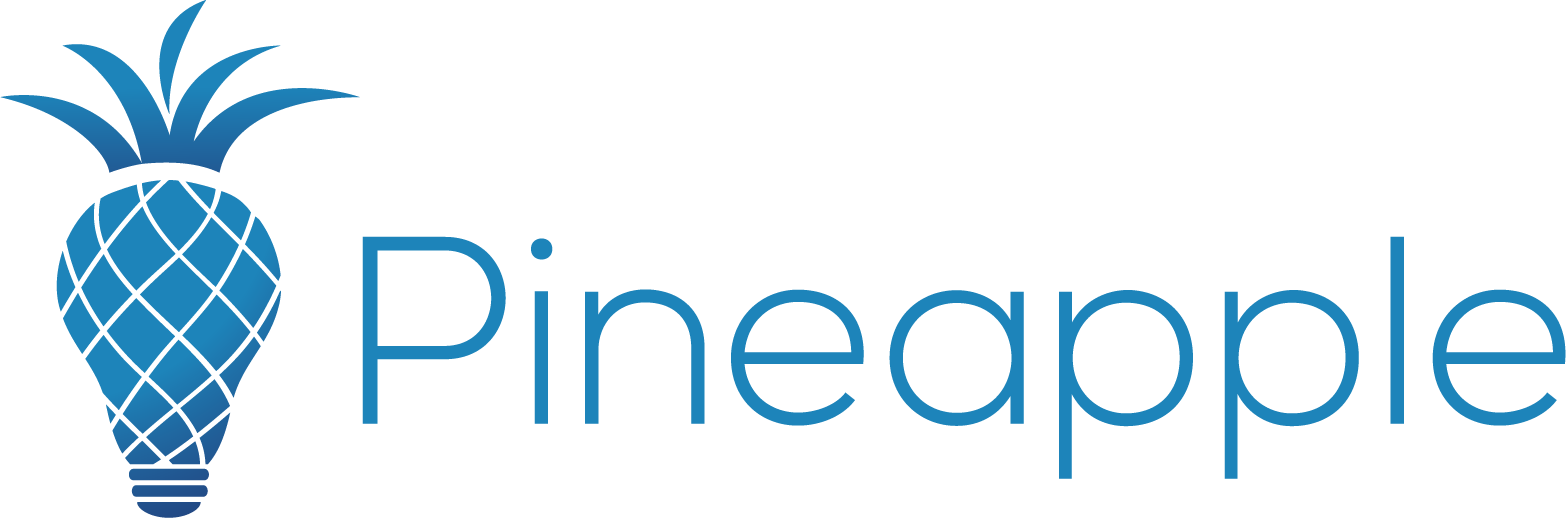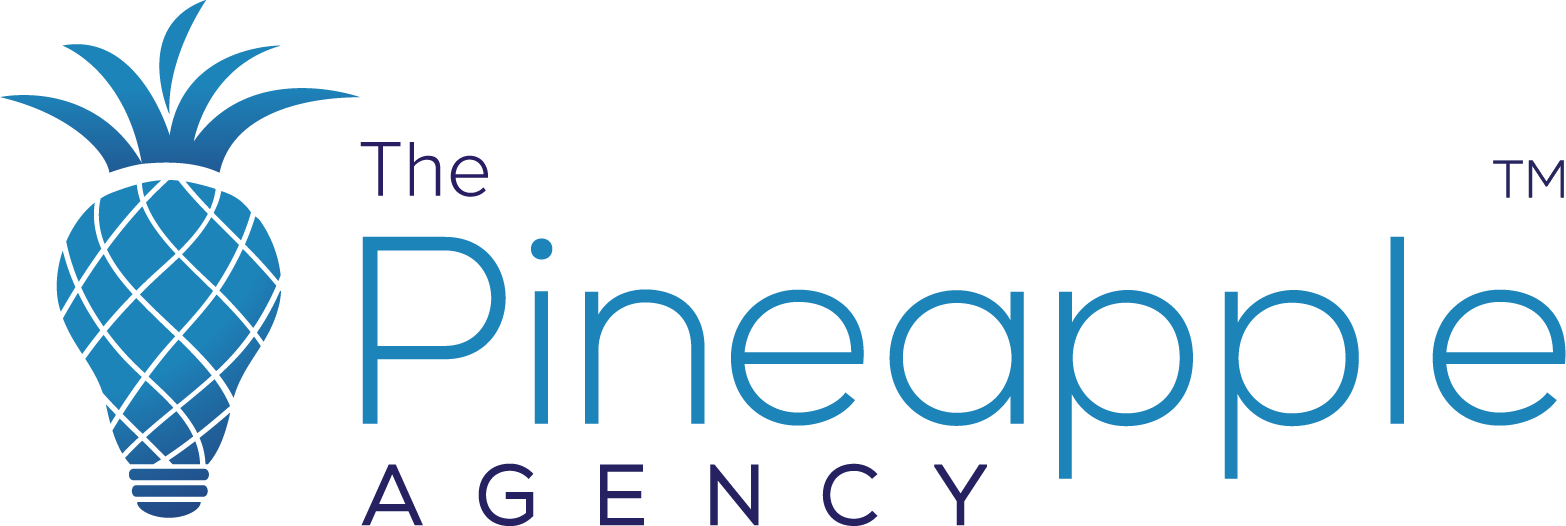What Makes (and Breaks) Experiential Marketing Campaigns
Whether it’s in business, weddings, home renovations, or anything in between, chances are there are places to save and places to splurge. The ideal would be only to use the best of every element, but when a budget is involved that isn’t always possible.
Even in a digital world, experiential marketing is becoming a larger focus for companies. In fact,
90% of marketers agree that brand experiences deliver more compelling engagement, and 1 in 3 plan on spending anywhere from 21%-50% of their marketing budget on brand experiences.
How should marketers be allocating their brand experience budget, though? When it comes to experiential marketing campaigns, it’s often the same elements that can make and break an activation. The difference? Whether each element is done well. These different parts deserve plenty of attention and a respectable spot in your budget. Here are the six most important factors to consider when budgeting and branding an experiential marketing campaign.
The Most Important Elements of an Experiential Marketing Activation
Location, Location, Location
You can have the most unique, engaging, and exciting activation in the world but, unfortunately, if the location is wrong, your impact will be limited. The right site for your activation can add to or reinforce an experience while also maximizing the opportunity for foot traffic and impressions. The importance of location isn’t focused solely on the volume of people, either. It also needs to be relevant to the audience you want to reach. For example, an activation for your collection of knitting needles and boutique yarns would probably fall flat outside of a CrossFit gym.
Lean Cuisine understood the importance of location for their experiential marketing campaign and worked to place their Weigh This campaign in the middle of Grand Central Station in New York City. The position guaranteed that they would reach a vast and varied audience to add to their installation. Even if Grand Central Station isn’t in your experiential marketing budget, you should still aim to find the most relevant and highly trafficked location in your area as possible.

As we’ve mentioned, the perfect location isn’t just about volume of foot traffic. Consideration should also be put towards the fit between your brand and the activation location. While Wrangler had the goal of reaching a younger audience with an activation, the brand fit still needed to be there. To find the perfect match of modernity and cowboy culture, we installed their activation at the National Finals Rodeo in Las Vegas, Nevada.
Quality of the build
Once the location for an experiential marketing activation is set, you then need to fill the space. Therefore, the next make or break element of the activation is the quality of the build. First impressions are important, and a cheap display or half-baked effort at creating an experience will leave a bad taste. If a large build-out isn’t in the budget, opt for smaller yet high quality display as opposed to more extensive and low-quality setup.
To further prioritize the physical elements of the activation, ask yourself which aspects of the event are most critical to the activation and focus quality on those. Other supporting props or features can then be dropped into the “save” column, as opposed to splurging.
The Google Home Mini Donut shop installation focused their build quality on a show-stopping element – a donut conveyor belt. The long tracks of conveyors that circled the pop-ups added another layer of fun to the already cute stores. Additionally, the conveyor belts paired with asking a Google Home Mini a question in exchange for a mystery box containing either a donut or Google Home Mini added suspense and surprise. They could have had people handing out the boxes, but instead invested in the conveyor belts. Google also invested in a sprinkle booth that needed to flawlessly rain down confetti on visitors for the perfect Instagram photo op every time.

Sometimes the need for high-quality builds for experiential campaigns stems from a set of unique challenges. For example, LifeStraw wanted to bring a running water feature to a trade show. Frequently, experiential activations don’t have the luxury of just looking good; they need to function perfectly as well. In these cases, a faulty build would end up being an embarrassing (and costly) mistake.

Brand Ambassadors and Influencers
You’ve budgeted for the location of your activation and the wild and wonderful elements that will fill it, and now it’s time to consider who will be representing your brand. The success of experiential marketing activations rely on two sets of people; the staff that is working the activation the influencers who attend or share content.
First, you’ll need to consider who will talk to potential customers at your event. Hiring and training any employee is no small feat, but for experiential campaigns, you often need short-term help that is extremely well versed in your company and cause. The staff working your event need to be friendly, excited about the brand, able to answer questions, and understand the tone of the activation overall. Experiential campaigns are people-driven by their very nature, and filling your space with the right people is critical.
The Alabama Tourism Department understood the importance of choosing the right people to represent a brand, so they send a group of ambassadors well versed in all things Alabama to New York City. To make the activation a success, these individuals needed to be able to answer any and all questions about their home state that people in the Big Apple may have, an ultimately, sell the idea of visiting Alabama.

The next set of individuals that are critical to the success of your EM campaign are influencers. Whether you choose to host an event exclusively for influencers, like Blue Sky Soda did, or you want influencers to share content around your brand, it’s important to choose wisely. Twitter users report a 520% increase in purchase intent when they are exposed to promotional content from influencers, so a plan to engage with influencers is a worthwhile investment.
A Solid Measurement Plan
There’s no doubt that experiential activations are fun, but they are also here to do a job. Before an event, it’s important to establish clear goals for the activation as well as understand how you’ll measure success. The first component of a measurement plan is establishing the metrics you’ll measure and the ROI you’re aiming for.
You don’t want to put the time, budget, and energy into creating an event and then be unsure if it met your goals. In the case of our Camp Bow Wow activation, success was 6,000 entries to the contest, 3,000,000 social engagements, 58 dogs adopted, and 1,548 branded balls dispensed from an 8-foot tall gumball machine. These metrics were a tangible way to measure the goal of promoting the Camp Bow Wow brand.
A Way to Document (and Share) the Experience
Experiential marketing is best served up live, but you shouldn’t let your investment go to waste by letting it die on site. A team dedicated to documenting the experience means customers who weren’t able to attend can still join the fun and ensures you’ll have plenty of promotional materials. Assets and media for the activation can be used to promote your brand before, during, and after an activation, ensuring you get the most bang for your buck.
There are elements along the entire experiential marketing planning and implementation journey that are worthy of a well-invested splurge. From the location to the people and items that fill the space, along with the plans to measure and promote the event, there are many moving parts to consider.



